Home maintenance and renovation is a never-ending cycle, and it’s even worse if you try to cut costs with seemingly cheap fixes and DIY hacks you see online. Yes, sometimes you can save money and still fix the problem, but some of these budget solutions can end up costing more in the long run. Learn when you can really save money and when ‘cheap’ home fixes you should approach with caution to avoid turning a small problem into a costly headache.
1. Quick Leak Fixes
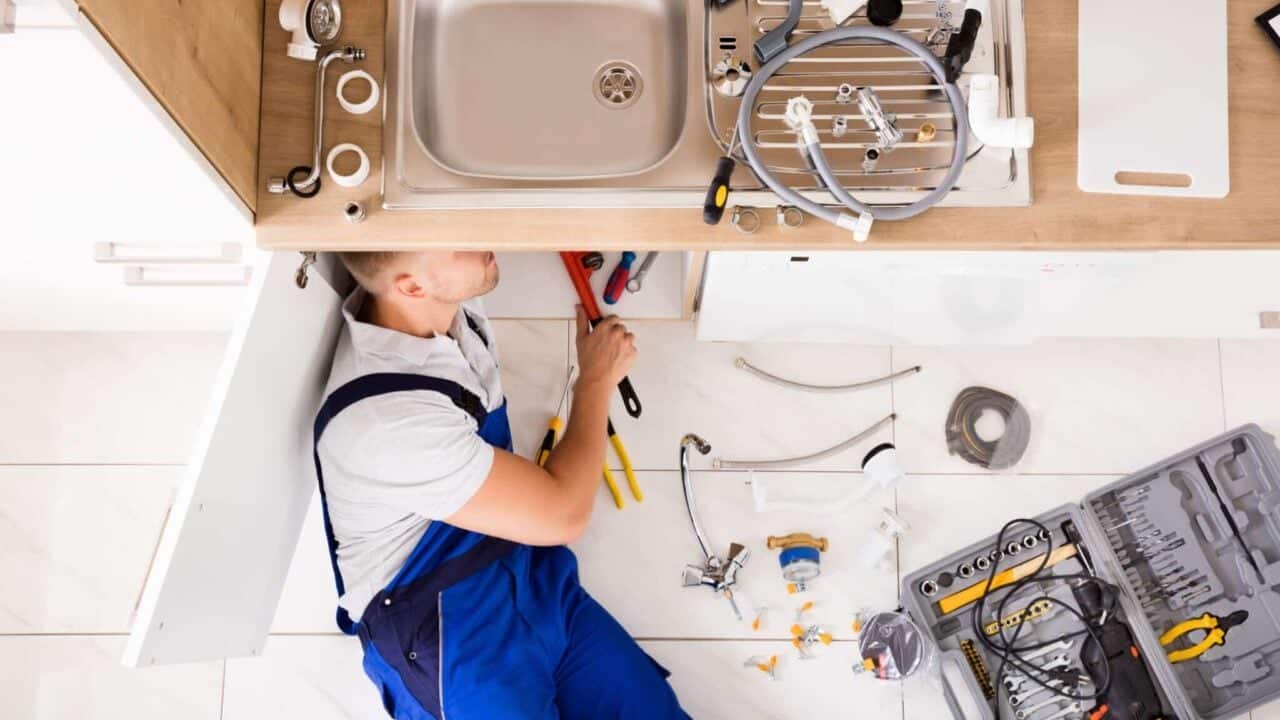
Temporary leak fixes, like patching a pipe or using sealant, might seem cost-effective but can lead to bigger problems if not properly addressed. Water damage can escalate, leading to more extensive repairs.
2. Bargain Paint
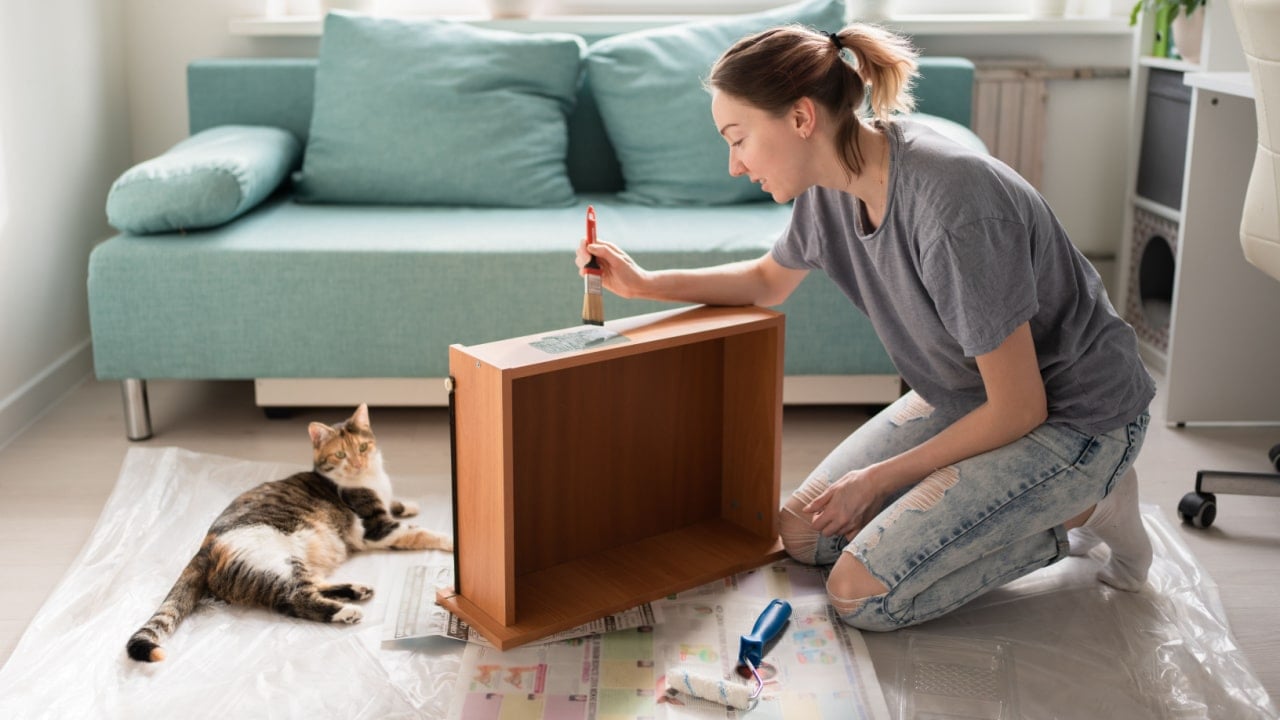
Choosing low-quality, bargain paint can result in poor coverage and durability, necessitating more frequent repaints. Investing in high-quality paint can save money and labor over time.
3. DIY Electrical Work
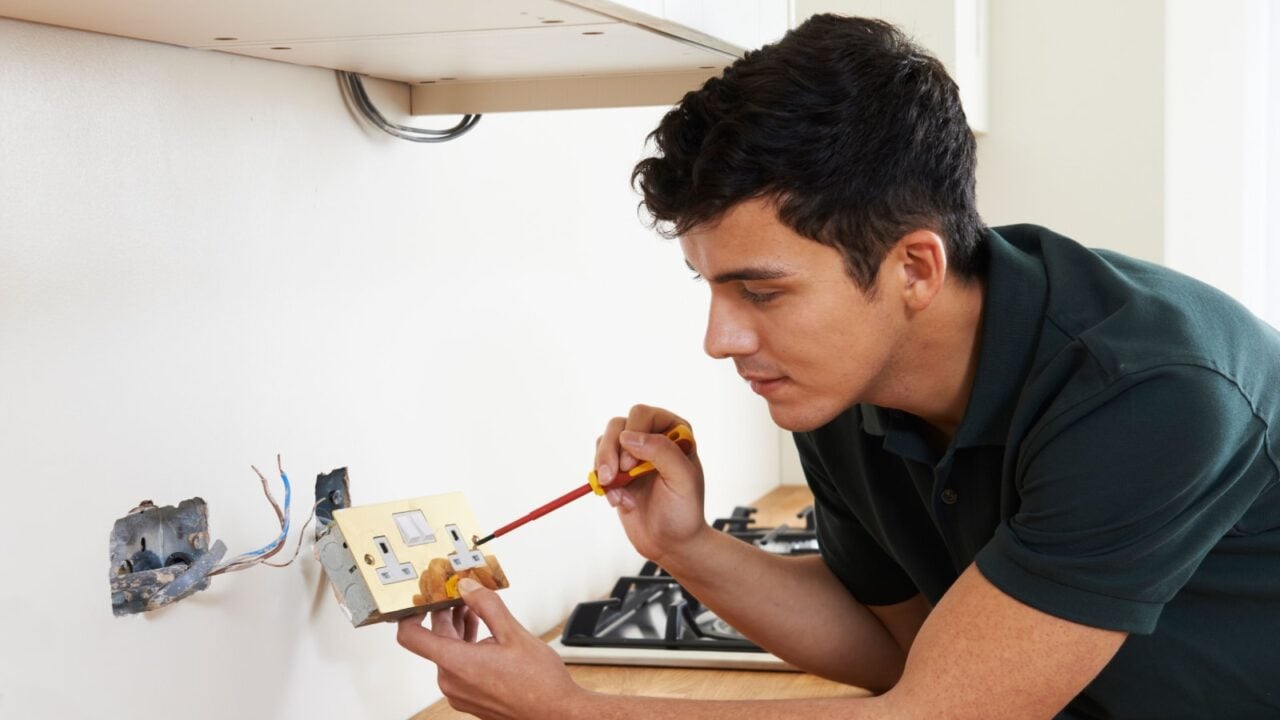
DIY electrical fixes might save on labor costs but can be dangerous and lead to more significant issues if not done correctly. Hiring a professional electrician’s safer and more cost-effective in the long run.
4. Cheap Flooring Materials
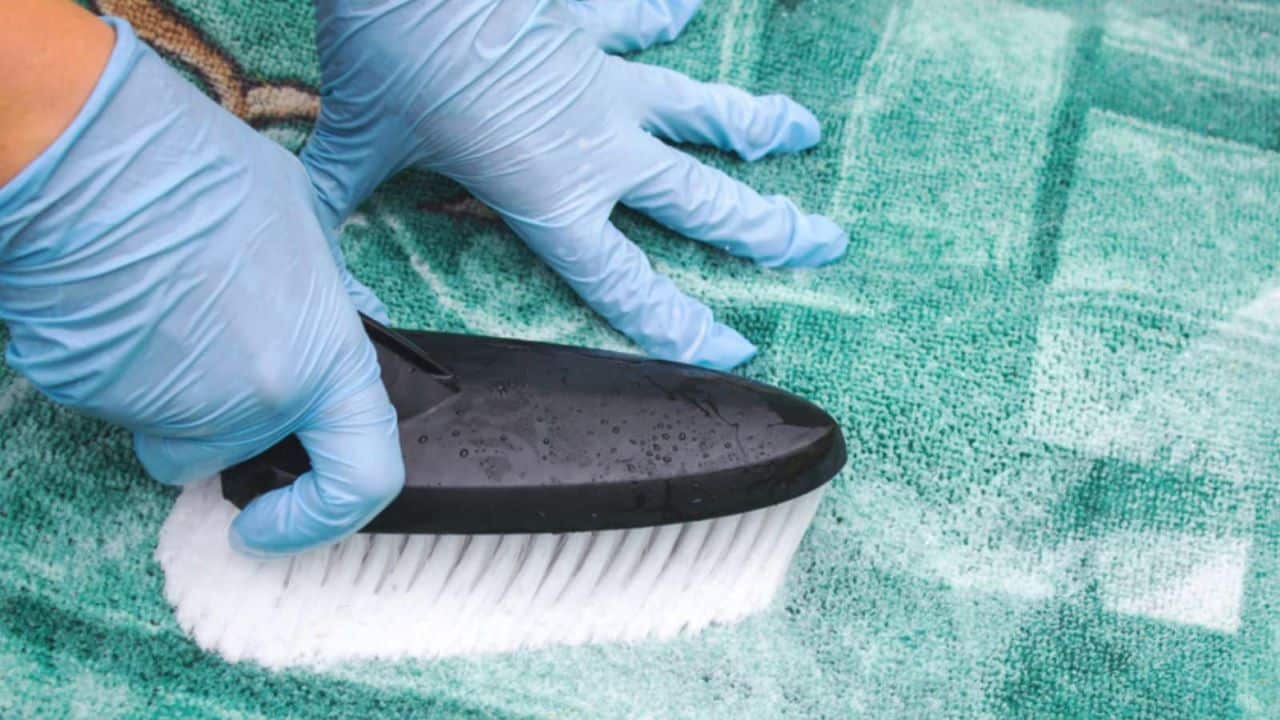
While inexpensive flooring options can be tempting, they may lack durability and longevity. Over time, you might spend more on repairs or replacements than if you had chosen a higher-quality material initially.
5. Ignoring Small Roof Repairs
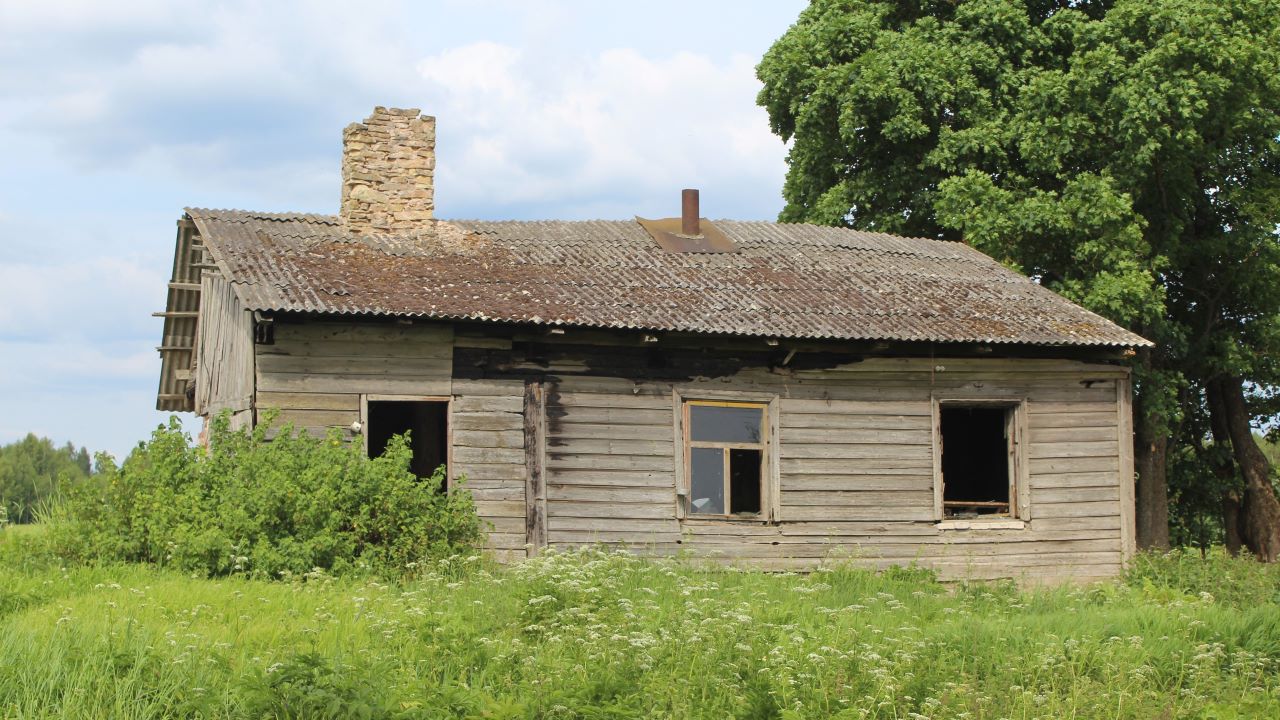
Neglecting minor roof repairs, like replacing a few shingles, can result in water damage and more extensive roof issues. Address minor problems like these early to prevent costly repairs later.
6. Using Low-Cost Plumbing Fixtures
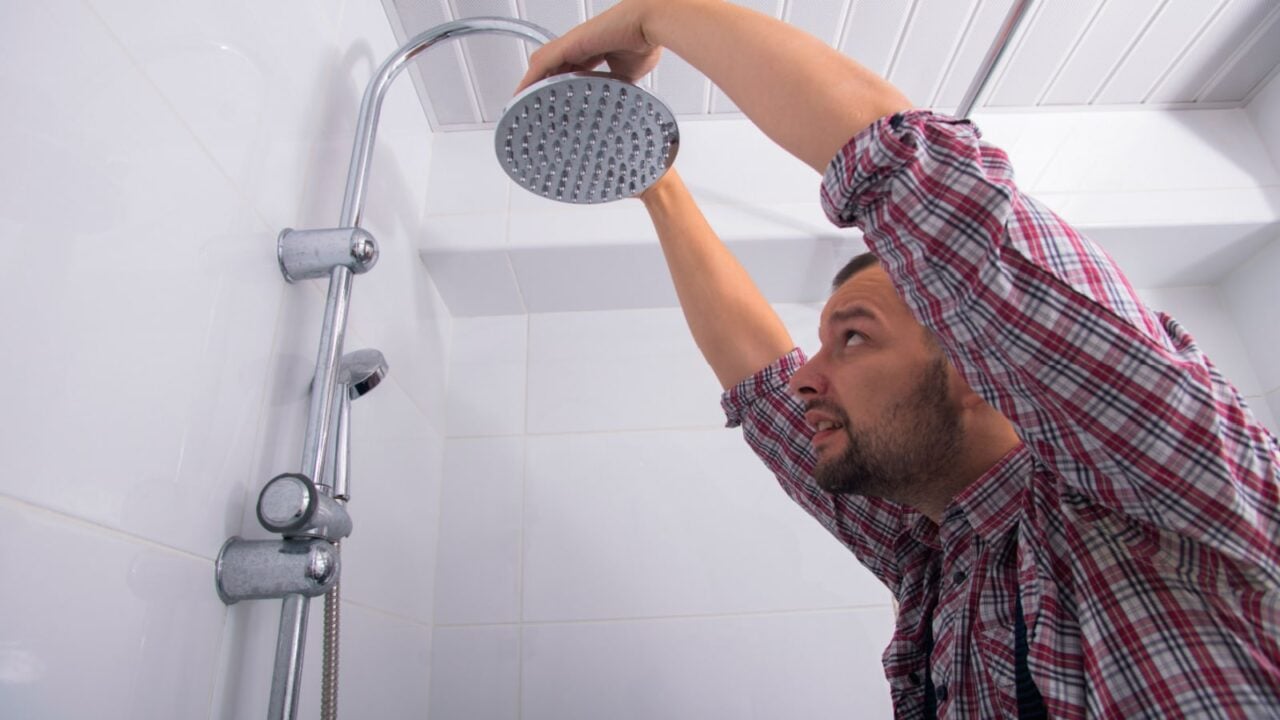
Cheap plumbing fixtures might save money initially but can lead to leaks and water damage. Investing in quality fixtures can prevent future plumbing problems and expenses.
7. Quick Fixes for Foundation Cracks
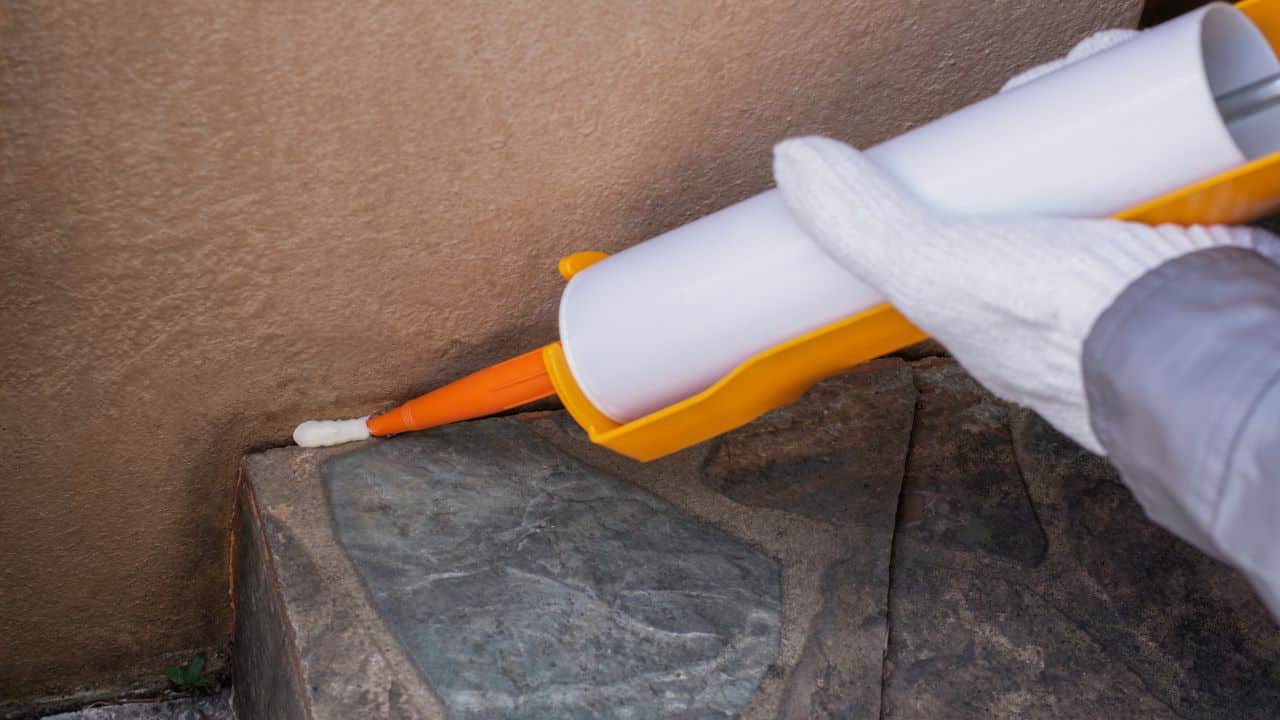
Addressing foundation cracks with superficial fixes can mask underlying structural issues. It’s essential to have a professional assess and properly fix foundation problems to avoid costly damage.
8. Inexpensive Window Replacements

Low-cost window replacements might not be energy-efficient, leading to higher heating and cooling costs. Investing in quality energy-efficient windows can save money in the long run.
9. DIY Termite Treatment
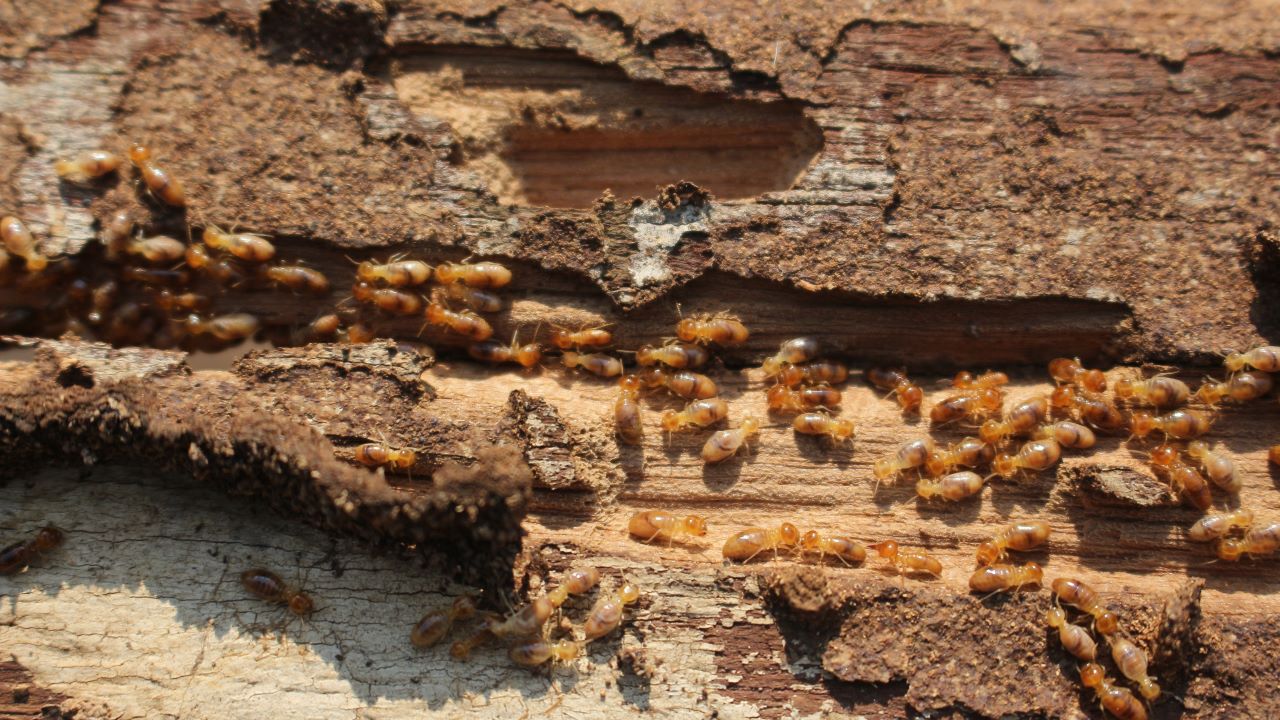
Attempting to treat termites yourself can lead to incomplete eradication and further damage. Professional pest control can ensure the problem is fully addressed, preventing costly structural repairs.
10. Bargain HVAC Units
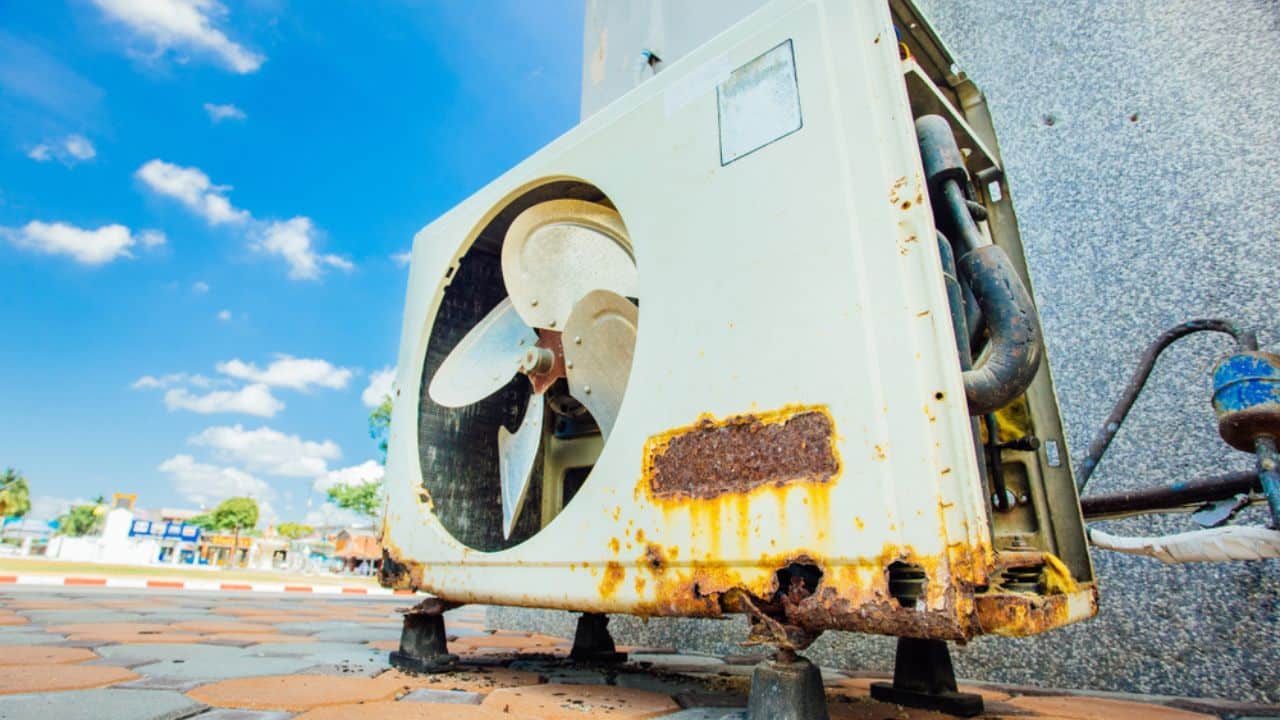
Installing a cheap HVAC unit might seem like a good deal, but you’ll end up with higher energy bills and repair costs, as these units tend to have poor energy efficiency and are more likely to go wrong.
11. Quick Drywall Repairs

Hastily patching drywall without addressing the underlying issue, like moisture, can lead to mold and structural damage. Properly fixing the root cause is essential.
12. Cheap Bathroom Caulking
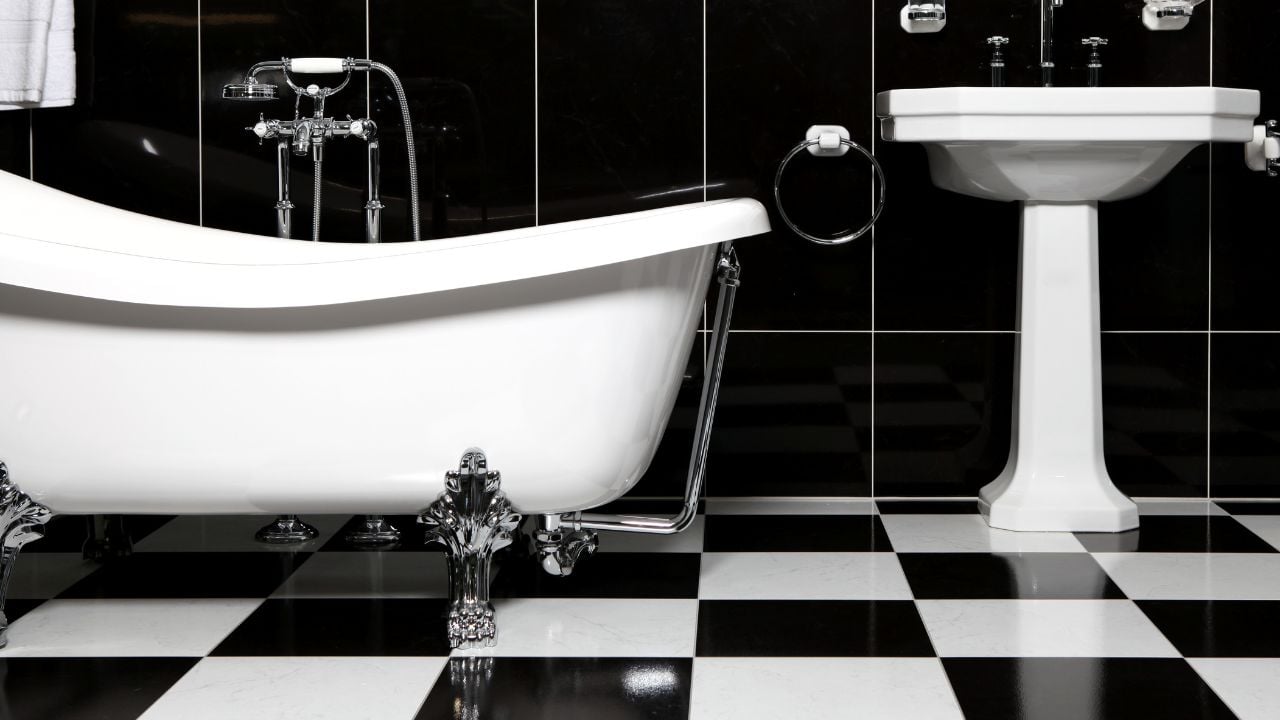
Using low-quality caulk in bathrooms can lead to water leakage and mold growth. High-quality caulk provides better protection and longevity.
13. Low-Cost Exterior Paint
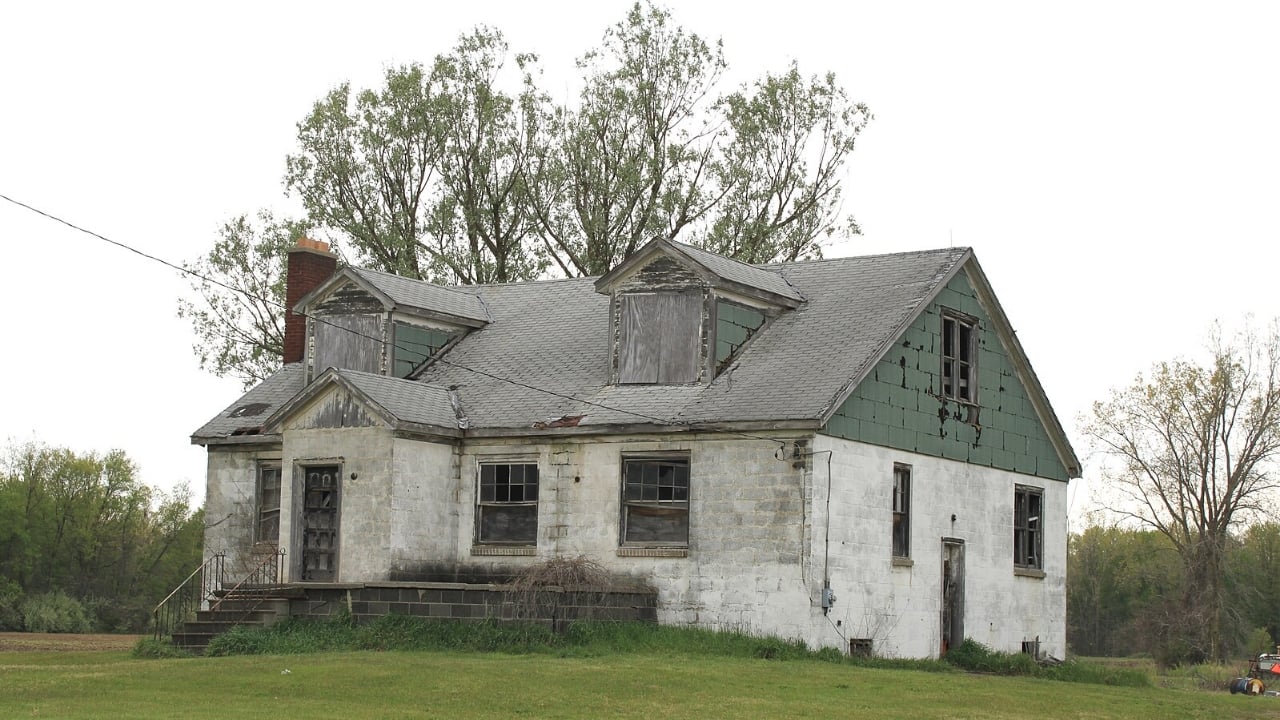
Cheap exterior paint may not withstand weather conditions, leading to frequent repaints. Investing in high-quality exterior paint can protect your home better and last longer.
14. Inadequate Insulation
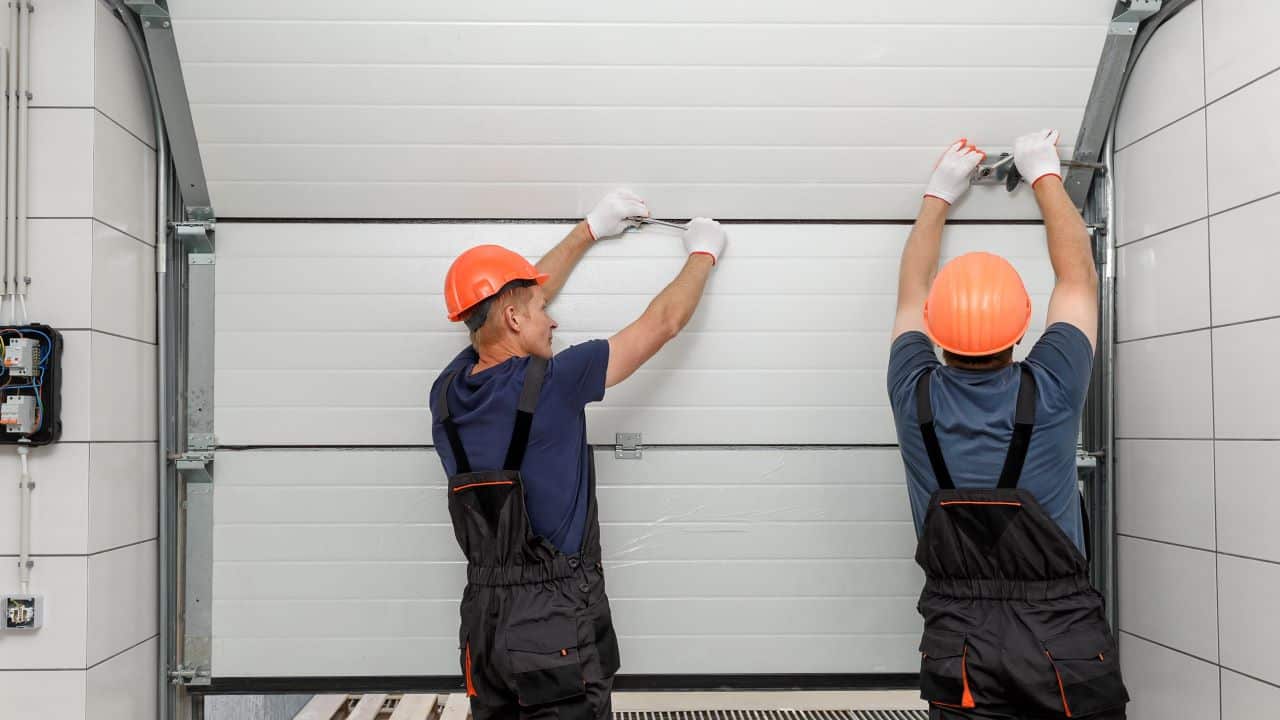
Opting for cheaper, inadequate insulation can lead to higher energy costs. Proper insulation is a must to optimize energy efficiency and make long-term savings.
15. DIY Deck Building
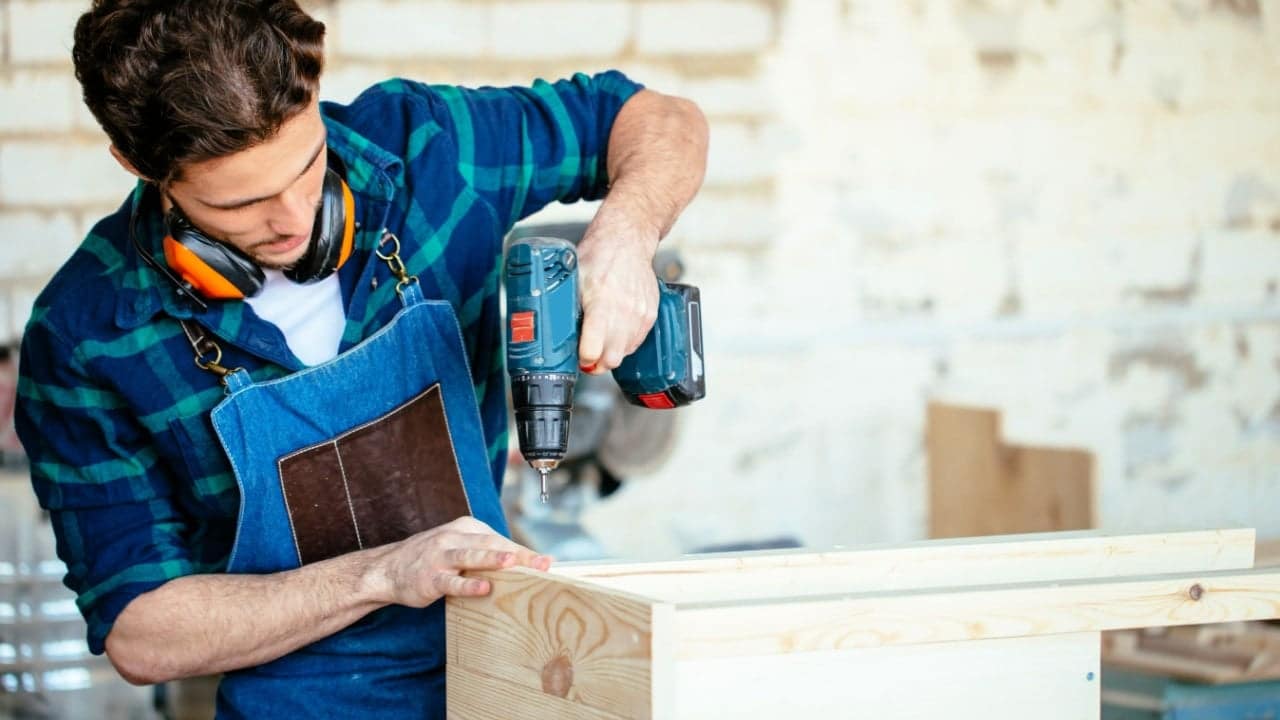
Building a deck without proper skills or materials can lead to structural issues. A poorly constructed deck can be unsafe and require costly repairs or rebuilding.
16. Skimping on Roofing Materials

Using cheap roofing materials can result in a shorter lifespan and increased vulnerability to weather damage. Quality roofing materials are a better investment for long-term durability.
17. Low-Quality Kitchen Cabinets
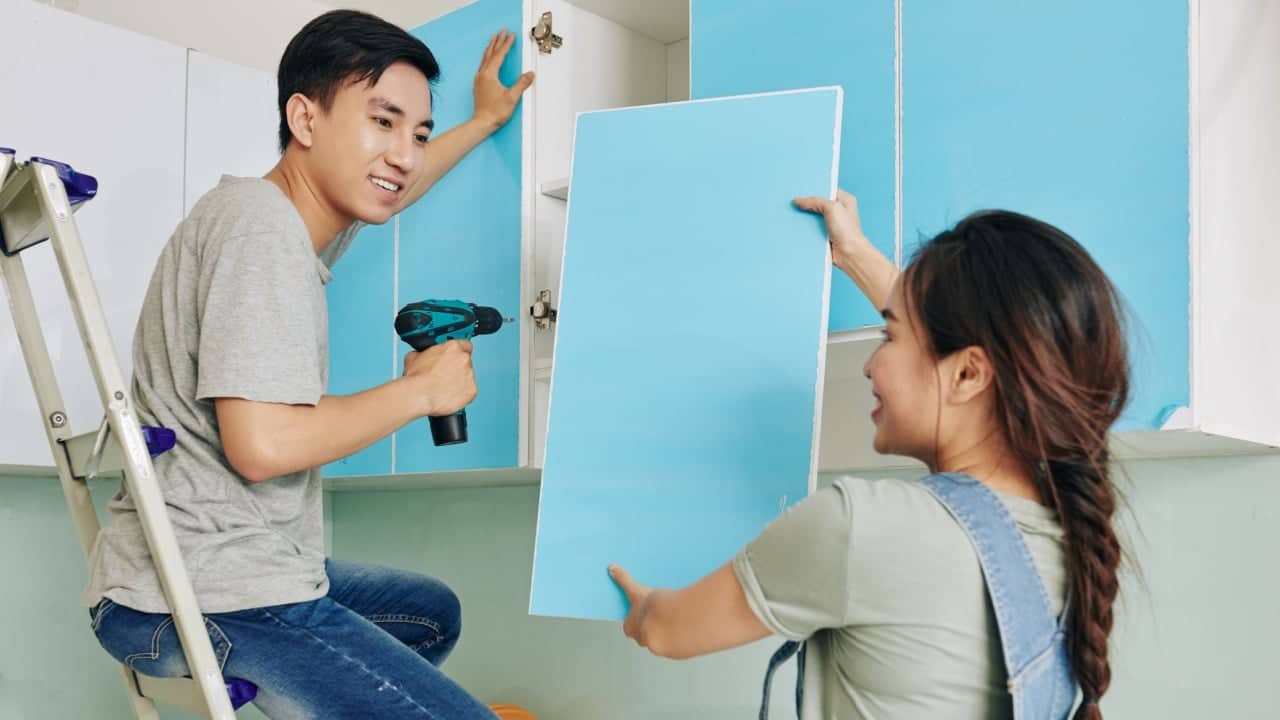
Installing cheap kitchen cabinets can lead to wear and tear, requiring more frequent replacements. Investing in durable cabinets can save money over time.
18. Improper Gutter Installation
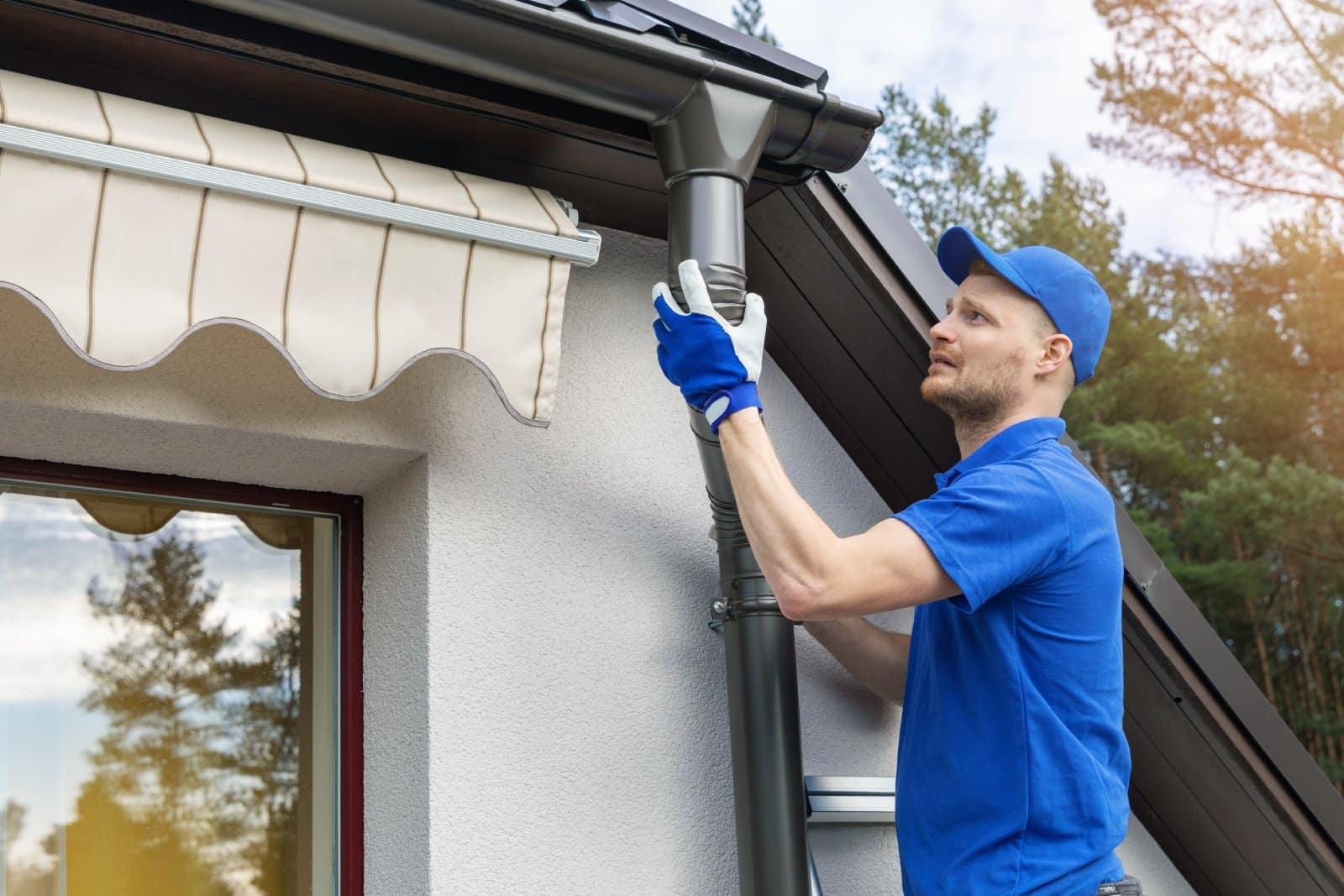
DIY or cheap gutter installations can lead to improper drainage and water damage. Professional installation ensures gutters function correctly, protecting your home from water-related issues.
19. Subpar Carpeting
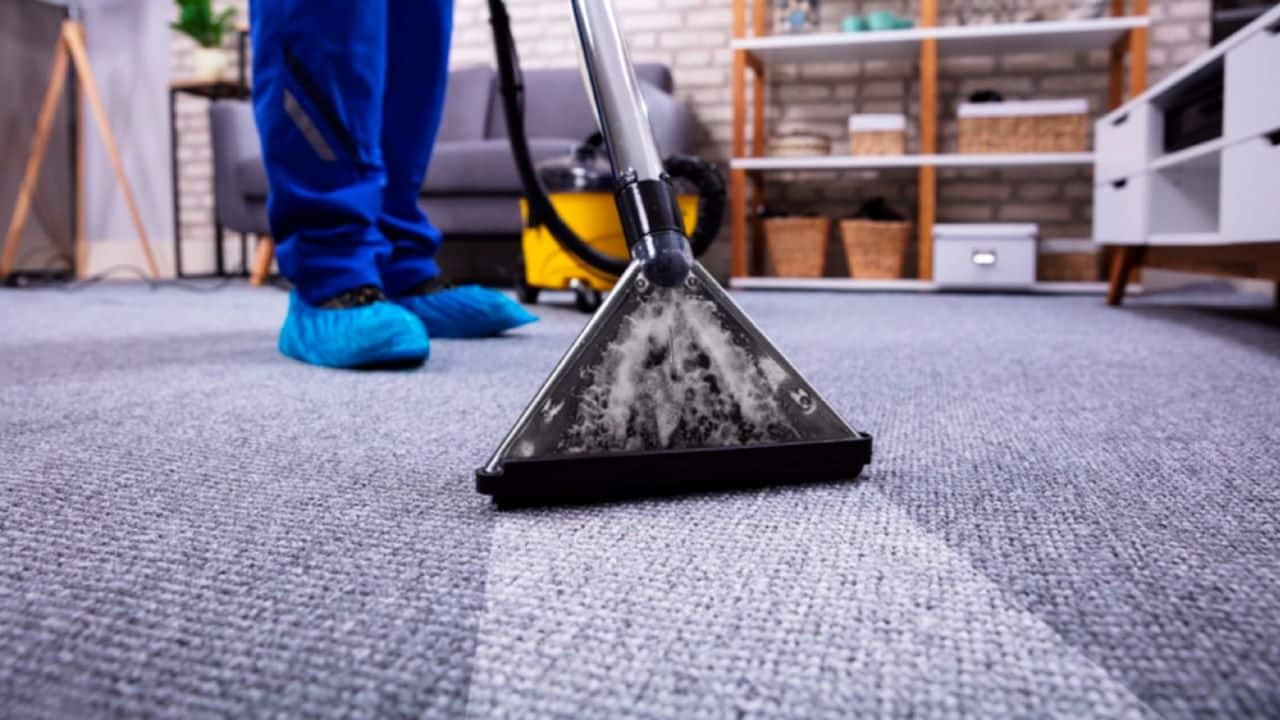
Choosing low-grade carpeting can result in quicker wear and the need for replacement. Quality carpeting offers better durability and a longer lifespan.
20. Inexpensive Light Fixtures

Cheap light fixtures might not be as durable or energy-efficient. Investing in quality fixtures can provide better lighting, energy savings, and fewer replacements.
21. Using Mismatched Materials for Repairs
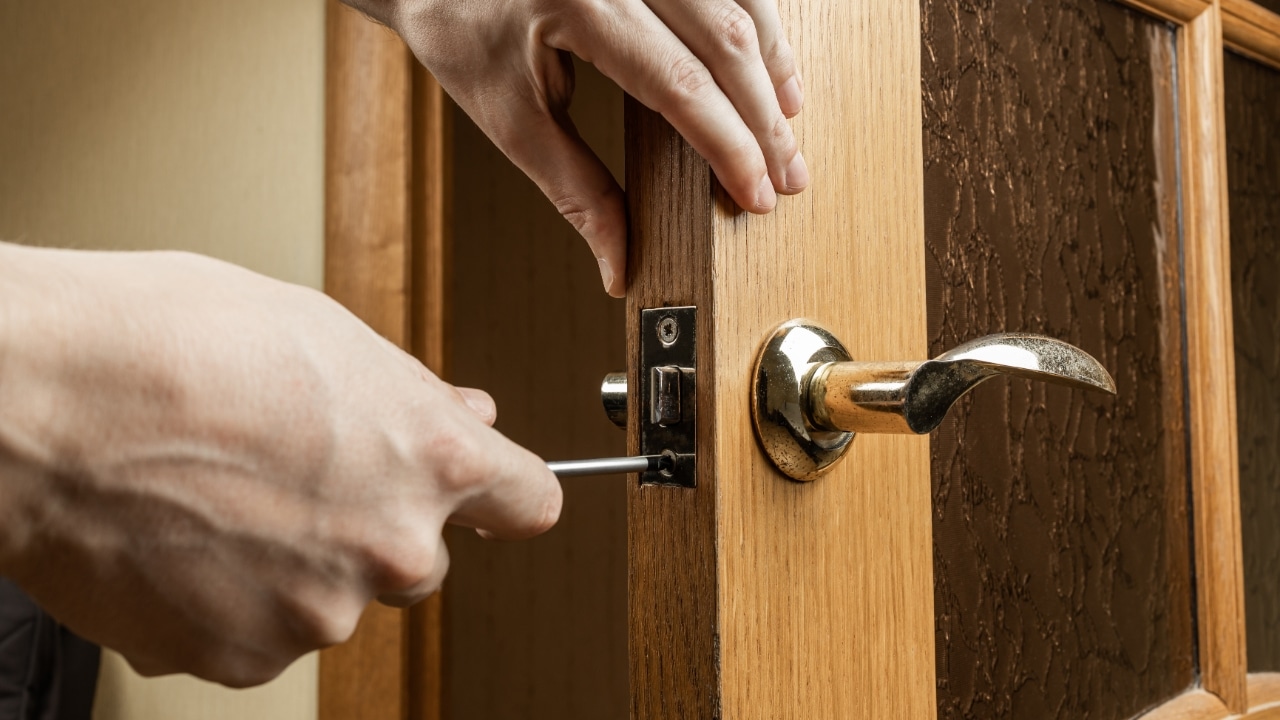
Using mismatched materials for repairs can lead to structural problems and reduced aesthetic appeal, potentially affecting your home’s value.
22. Overlooking Ventilation in Bathrooms
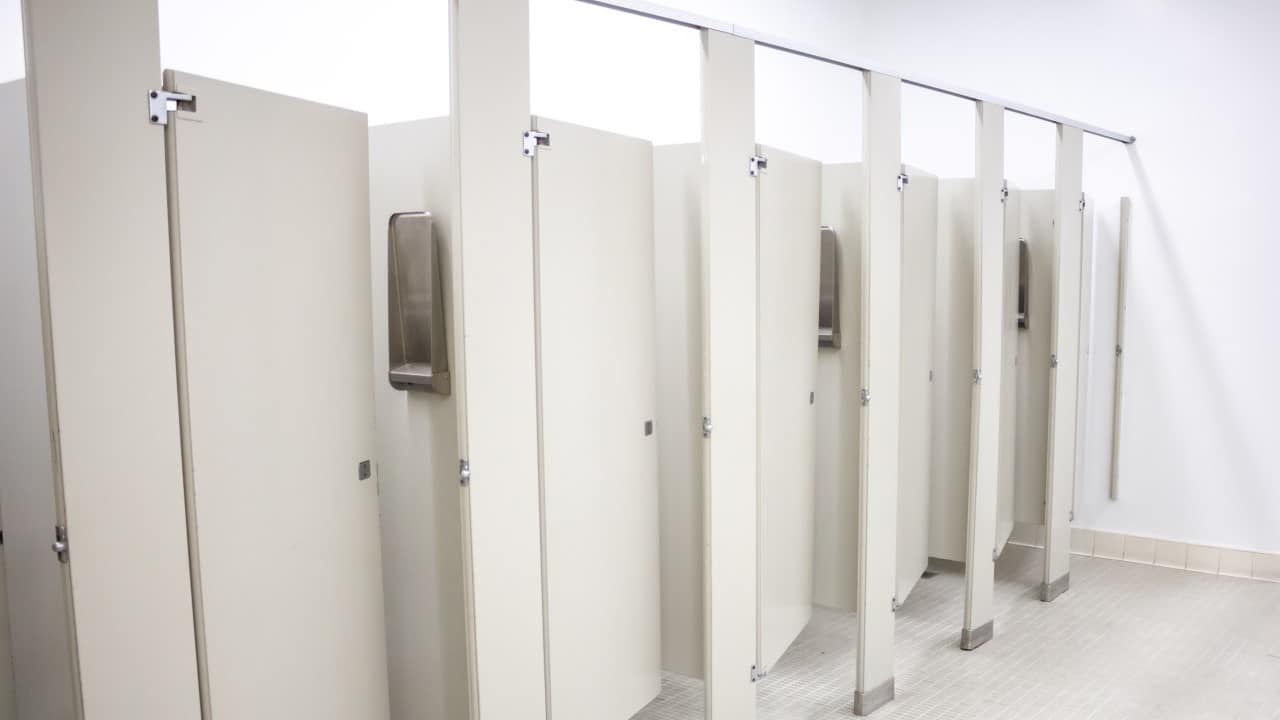
Ignoring proper ventilation in bathroom renovations can lead to moisture buildup and mold. Quality ventilation systems are essential for moisture control.
23. Cheap Fence Materials
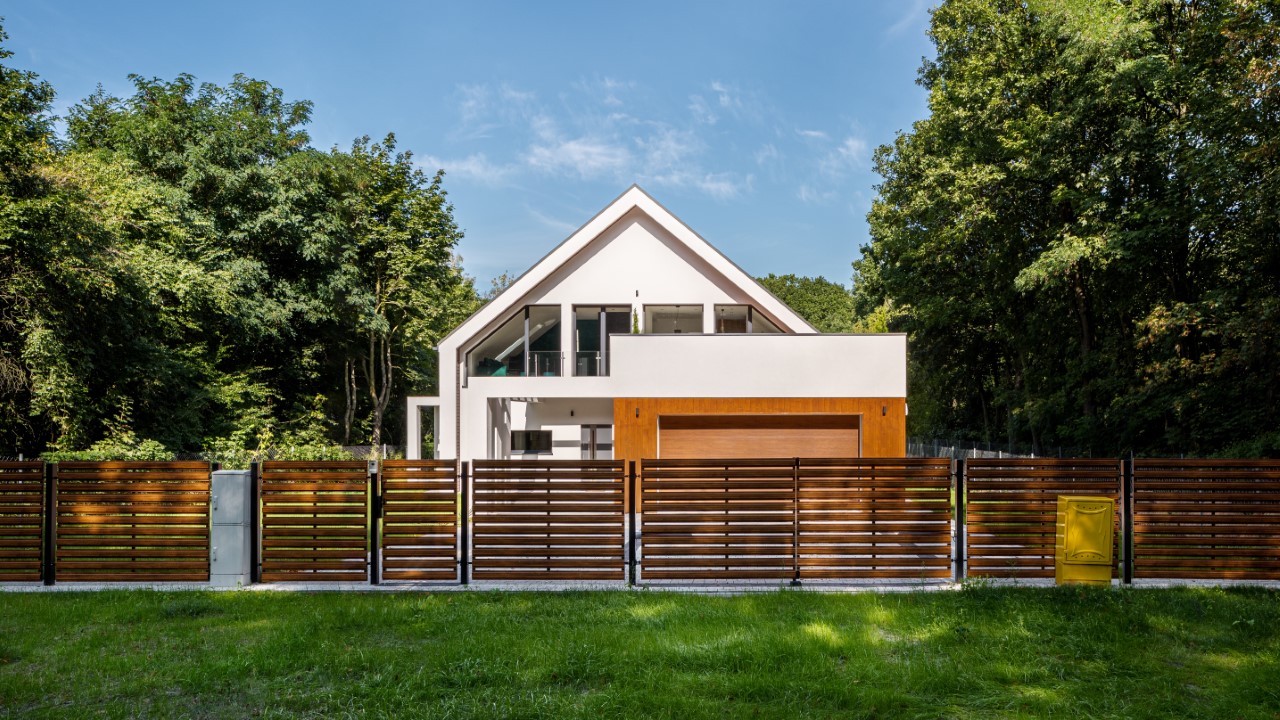
Using inexpensive materials for fencing can result in a less durable fence that requires more maintenance or replacement sooner than expected.
24. Low-Cost Sealants for Driveways

Cheap driveway sealants may not provide adequate protection. They deteriorate faster and need more frequent resealing.
25. DIY Mold Removal
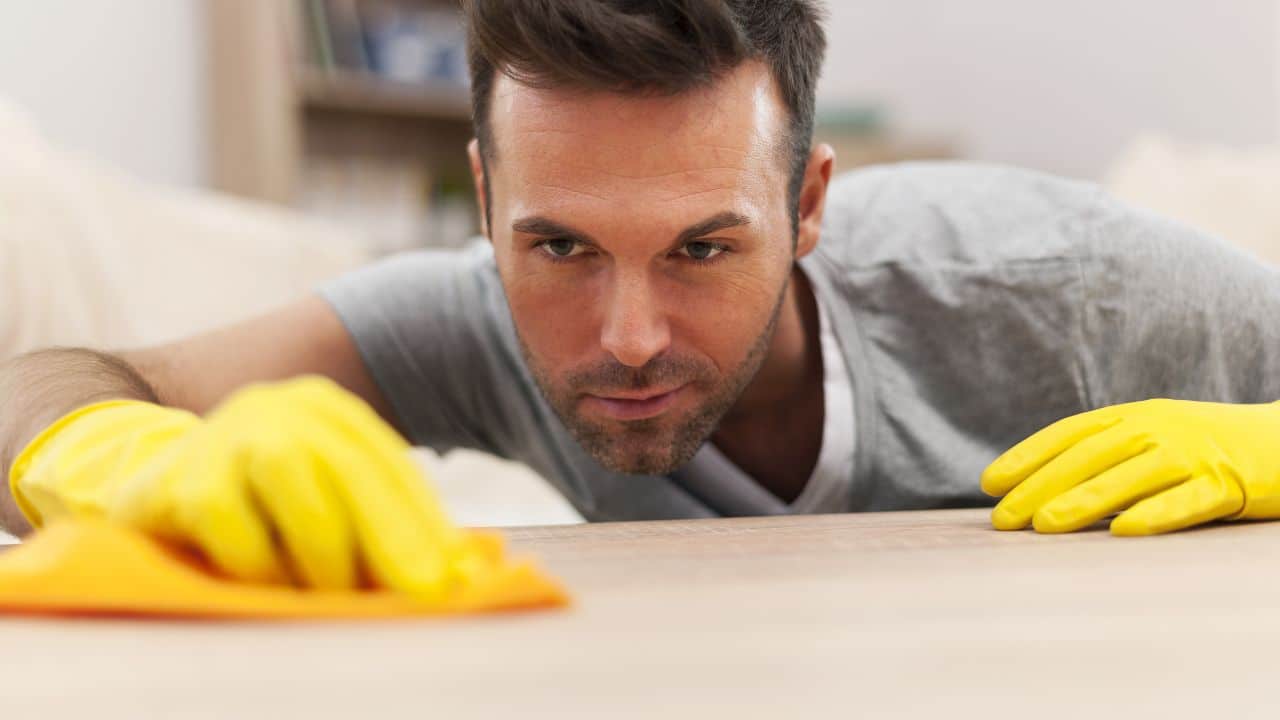
Attempting to remove mold yourself can be ineffective and potentially hazardous. Professional mold removal prevents further damage and health risks.
More From List Lovers…
Hidden Treasure: 21 Childhood Toys That Could Be Worth More Than You Think
Best U.S. States for Every Stage of Life, from Starting Out to Settling Down
The post 25 Home Fixes That Seem Cheap But Can Turn Into Costly Investments first appeared on List Lovers.
Featured Image Credit: Shutterstock / Kmpzzz.

